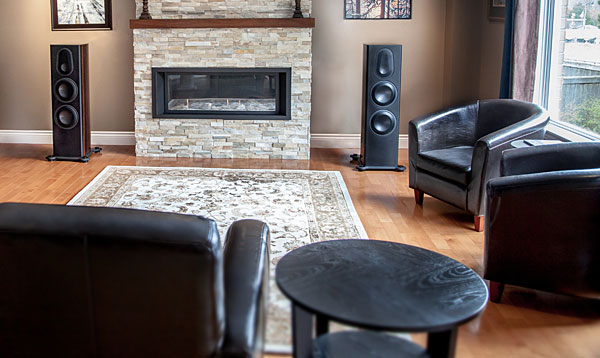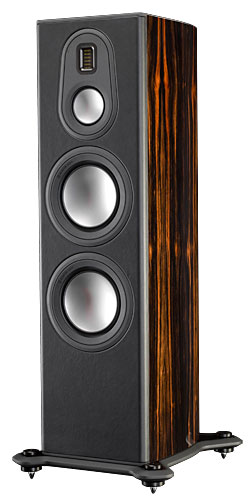| Columns Retired Columns & Blogs |
This is the size loudspeaker I'm currently shopping for my listening room. My current front runner is the Revel Performa3 F208. As soon as I find them I'll audition these Monitors but at three times the price are they that much better?

 "Ensemble player" also aptly describes the PL300 II's twin 8" woofers. With both ports open—again, my preferred configuration—the bass was extended and powerful, and blended well with the rest of the range. The synthesizer note at the beginning of "Temple Caves," from Mickey Hart's Planet Drum (CD, Rykodisc RCD 10206), was there, with no evidence of doubling, at a level that bordered on uncomfortable. The bass was tighter and more powerful with the Theta Prometheuses than with the McIntosh MC275LE, but the difference was evident mostly when I made direct comparisons.
"Ensemble player" also aptly describes the PL300 II's twin 8" woofers. With both ports open—again, my preferred configuration—the bass was extended and powerful, and blended well with the rest of the range. The synthesizer note at the beginning of "Temple Caves," from Mickey Hart's Planet Drum (CD, Rykodisc RCD 10206), was there, with no evidence of doubling, at a level that bordered on uncomfortable. The bass was tighter and more powerful with the Theta Prometheuses than with the McIntosh MC275LE, but the difference was evident mostly when I made direct comparisons.






































